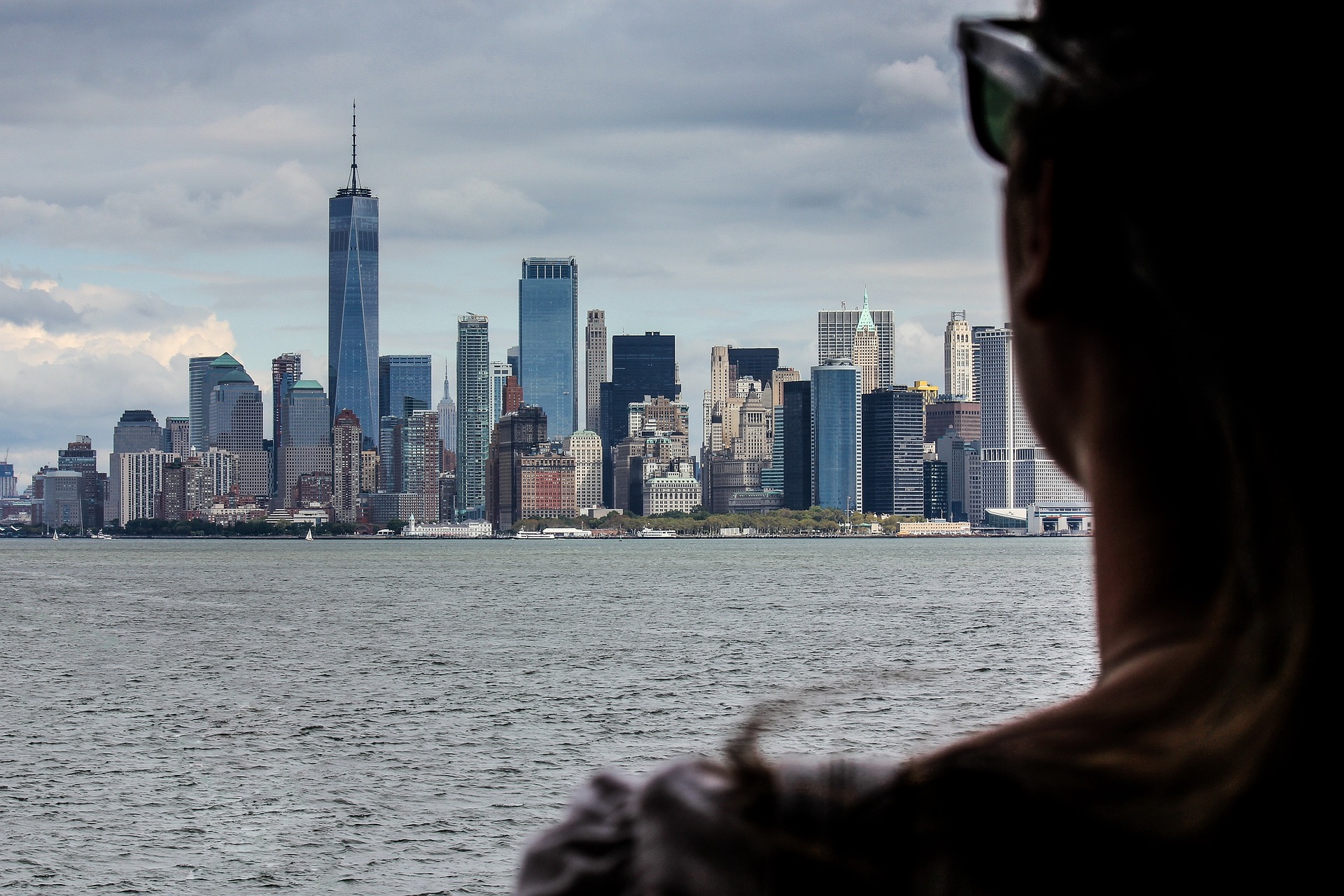Rediscovering the Charm of Pedestrian Travel: A Step Back to Simplicity
In the age of fast-paced tourism and instant gratification, let's slow down and rediscover the charm of pedestrian travel. This article unravels the beauty of exploring the world on foot, its historical significance, contemporary trends, and the impact it has on today's travellers.

A Walk Through History: The Pedestrian Travel
Traveling on foot is as old as humanity itself. Our ancestors roamed the Earth on foot, exploring uncharted territories, establishing settlements, and sparking civilizations. It was the primary mode of transportation, and it shaped the way societies developed.
In ancient Rome, walking was considered a virtue. The philosopher Socrates often engaged in ‘peripatetic’ teaching, walking while lecturing his students. Pilgrimage, another form of pedestrian travel, has been a crucial part of many religions, symbolizing spiritual journey and penance.
Pedestrian Travel in the Modern Context
The charm of pedestrian travel hasn’t faded in the modern world; it has simply evolved. Today, walking tours are popular in cities worldwide, allowing travellers to delve into local culture, history, and architecture. Long-distance treks and hikes are sought after for their physical challenge and the extraordinary landscapes they reveal.
Urban planners and environmentalists promote walking for its minimal carbon footprint. Cities like Copenhagen and Amsterdam have been designed with pedestrians in mind, boasting expansive car-free zones.
Advantages and Challenges of Pedestrian Travel
Pedestrian travel offers an intimate, immersive experience. It slows down time, allowing travellers to appreciate the intricate details of their surroundings. It promotes physical fitness and mental well-being. It’s also the most sustainable mode of travel, with zero carbon emissions.
However, it comes with challenges. Long-distance walks require physical endurance and thorough preparation. In cities, pedestrian travel may be hindered by traffic, pollution, and inadequate infrastructure.
Impact on Travellers: A Shift Towards Mindfulness
Pedestrian travel fosters mindfulness. It encourages travellers to focus on the journey rather than the destination, to appreciate the subtle rhythms of nature or city life. It brings about a shift from passive consumption of travel experiences to active participation.
Unfolding the Walking Culture
-
The Camino de Santiago in Spain is one of the world’s most famous long-distance walks, attracting thousands of pilgrims each year.
-
The trend of ‘walkability scores’ for cities reflects the growing demand for pedestrian-friendly urban planning.
-
Walking festivals, like the UK’s annual ‘Walking Festival’, celebrate walking as a form of social, cultural, and physical engagement.
Conclusion
Pedestrian travel is a celebration of simplicity, a step back from the hectic pace of modern life. It’s a return to our roots, a reminder that the joy of travel lies in the journey itself. So, put on your walking shoes and set out on a path less travelled, and rediscover the magic of exploring the world one step at a time.




